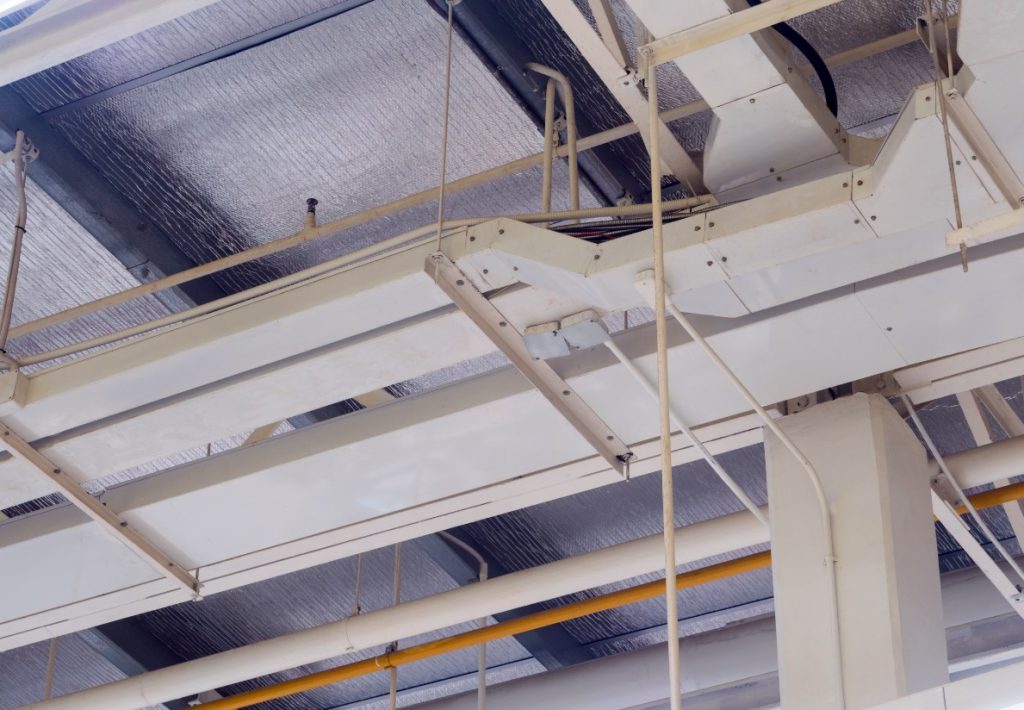Fire Protection in HVAC Design: Seamless Safety Solutions
06 October 2023
Achieve seamless safety solutions with fire protection added into the HVAC design with Split Ezy Fire. Safeguard your property and occupants. Call 0499 002 771.
Heating, ventilation, and air conditioning or HVAC systems are vital to buildings as they can help maintain indoor air quality, thermal comfort, and overall occupant well-being. But to make their components functional and well-protected, they should be incorporated with fire protection features. By seamlessly adding these measures, building owners and designers can generate a safer environment that can mitigate potential fire hazards and enhance overall fire safety.
The Need for Fire Protection
One of the primary goals of incorporating fire protection into HVAC design is early fire detection. By integrating fire protection features, they can quickly notify the occupants once a fire has been detected. The occupants can then leave the building as quickly as possible. They can likewise call for help swiftly, minimising the potential damage and injury a fire and its elements can cause to the property and its occupants.
Another goal of integrating fire protection into HVAC design is to comply with building codes and standards. Once fire protection measures have been incorporated into HVAC design, building owners can ensure compliance with relevant building codes and fire safety standards, which are all intended to boost the safety and protection of occupants. Compliance with these things can likewise reduce the risk of legal liabilities.
Adding Fire Safety Solutions
A wide range of fire safety solutions can be integrated into your HVAC system design. Some of them are as follows.
• Early Fire Detection and Alarm Systems: Integrating fire alarm systems with HVAC controls, smoke and heat detectors can quickly trigger an alarm when fire-related anomalies are detected. This early warning system allows building occupants to evacuate safely and promptly, giving firefighting teams more time to respond effectively.
• Fire Dampers and Smoke Control: HVAC ducts can act as pathways for fire and smoke to spread throughout a building. Installing fire dampers within the ductwork can compartmentalise the system and prevent the spread of fire and smoke from one area to another. Additionally, these systems can be integrated into the HVAC design to manage smoke movement and create smoke-free zones during emergencies.
• Fireproof Insulation: Adding fireproof insulation materials in HVAC components like ducts and vents can help contain the fire and prevent it from spreading through the system. Fire-resistant insulation can likewise enhance the overall fire safety rating of the building.
• Fire Suppression Systems: HVAC design can also include automatic fire suppression systems, such as sprinklers, that are strategically placed throughout the building. These systems can rapidly suppress fires before they escalate, which provides an additional layer of protection for occupants and property.
• Automatic HVAC Shutdown: Integrating the HVAC system with the building’s fire alarm system enables automatic shutdown of the HVAC system in the event of a fire. Doing this can prevent the circulation of smoke and toxic gases, minimising their impact on occupants and facilitating safe evacuation.
Incorporating fire protection with HVAC design is a vital step towards ensuring a safer and more resilient building environment. By seamlessly integrating fire safety features into HVAC systems, building owners and designers can enhance overall fire safety, early fire detection, and effective smoke control. If you want to add an effective fire suppression system to your HVAC design, you can go for Split Ezy Fire as it can quickly and effectively suppress fires by separating the air within the building into zones to reduce the oxygen concentration and prevent the spread of fire.
Optimized by: Netwizard SEO
